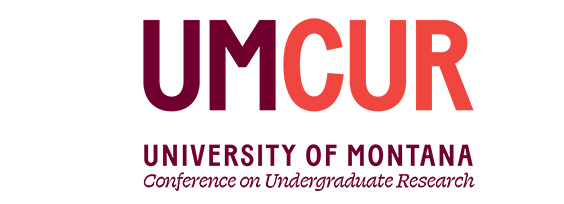Project Type
Poster
Faculty Mentor’s Full Name
Meradeth Snow
Faculty Mentor’s Department
Anthropology
Abstract / Artist's Statement
Despite attempts at systematic research, we are still missing critical information about pre-Hispanic populations in the Aztatlán region, one of the least studied regions of pre-Hispanic Mesoamerica. The Aztatlán region is located in West Mexico and extends from Sinola to Jalisco, including regions in Durango, Michoacán, and Zacatecas. This research will focus on those individuals recovered from an archeological site referred to as Tizapán el Alto, located in the highlands of the Lake Chapala Basin. The integration of genetics into our understanding of the past affords a better understanding of the archaeological record, and broader context of the populations of the past. This project will include the collection and comparison of mitogenomes between those recovered individuals through aDNA extraction and mtDNA sequencing. The subsequent mitogenomes will result in some of the first genetic data from that region of the world, acting as a foundational dataset for generations to come. This data will allow for broader comparisons with the larger Mesoamerican region and will provide a better understanding of the larger context of the pre-Hispanic population. By utilizing mtDNA, specifically whole mitogenomes, there is an opportunity to investigate questions about migration and matrilineal kinship, while also exploring questions of gene flow and genetic variation. Drawing on the ability to comparatively analyze this genetic information, the use of published information on the geographic region, and research/records on this archeological site, this paper will discuss the Aztatlán region, specifically the location of Tizapán el Alto, and the individuals recovered there, culturally, historically, and biologically/genetically.
Category
Social Sciences
Mitochondrial DNA Diversity in West Mexico
UC South Ballroom
Despite attempts at systematic research, we are still missing critical information about pre-Hispanic populations in the Aztatlán region, one of the least studied regions of pre-Hispanic Mesoamerica. The Aztatlán region is located in West Mexico and extends from Sinola to Jalisco, including regions in Durango, Michoacán, and Zacatecas. This research will focus on those individuals recovered from an archeological site referred to as Tizapán el Alto, located in the highlands of the Lake Chapala Basin. The integration of genetics into our understanding of the past affords a better understanding of the archaeological record, and broader context of the populations of the past. This project will include the collection and comparison of mitogenomes between those recovered individuals through aDNA extraction and mtDNA sequencing. The subsequent mitogenomes will result in some of the first genetic data from that region of the world, acting as a foundational dataset for generations to come. This data will allow for broader comparisons with the larger Mesoamerican region and will provide a better understanding of the larger context of the pre-Hispanic population. By utilizing mtDNA, specifically whole mitogenomes, there is an opportunity to investigate questions about migration and matrilineal kinship, while also exploring questions of gene flow and genetic variation. Drawing on the ability to comparatively analyze this genetic information, the use of published information on the geographic region, and research/records on this archeological site, this paper will discuss the Aztatlán region, specifically the location of Tizapán el Alto, and the individuals recovered there, culturally, historically, and biologically/genetically.
